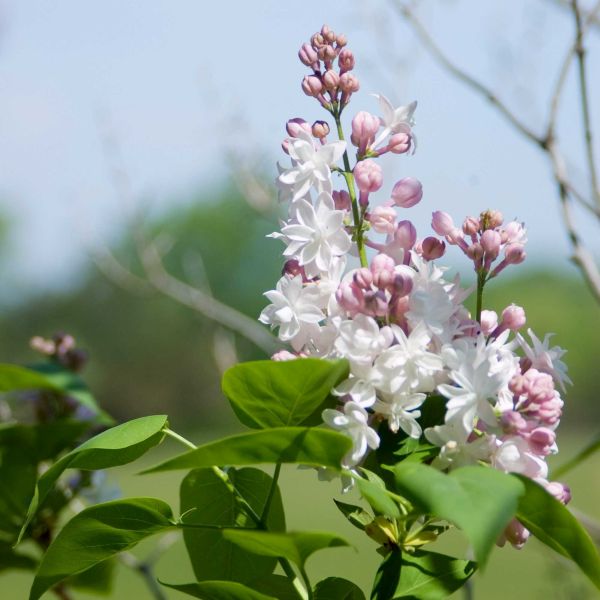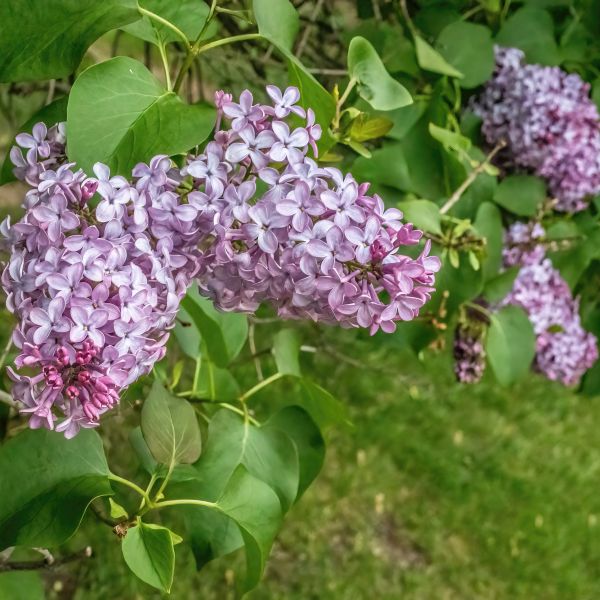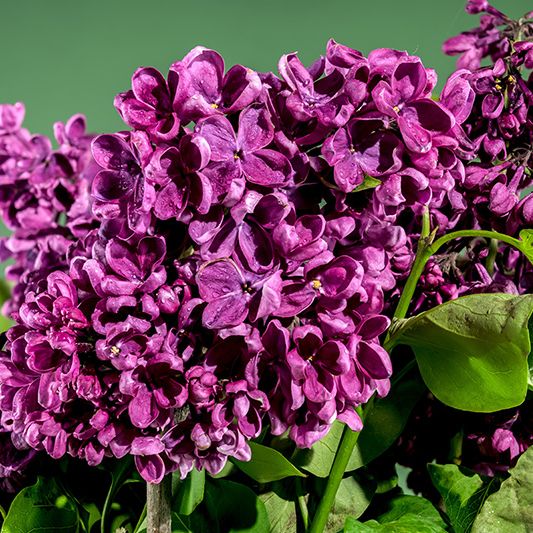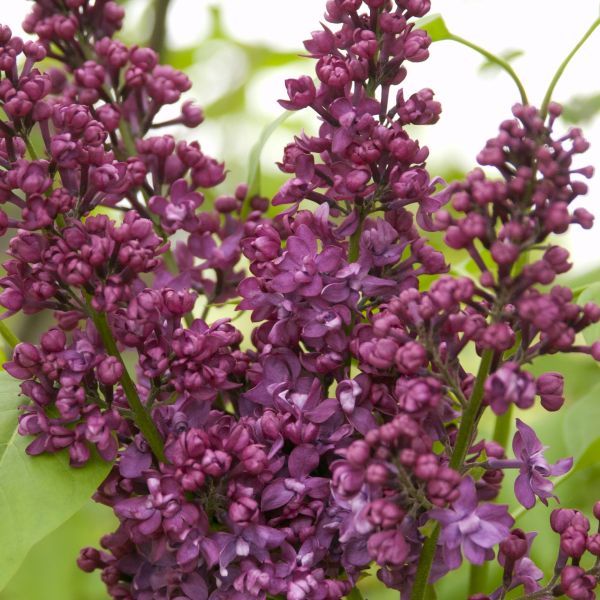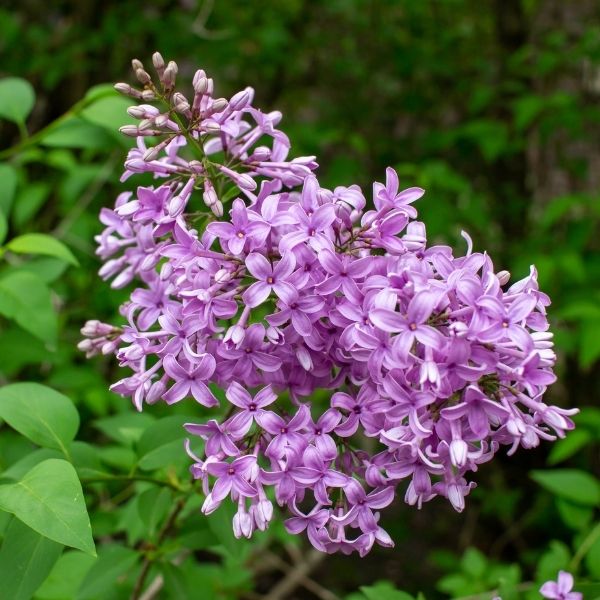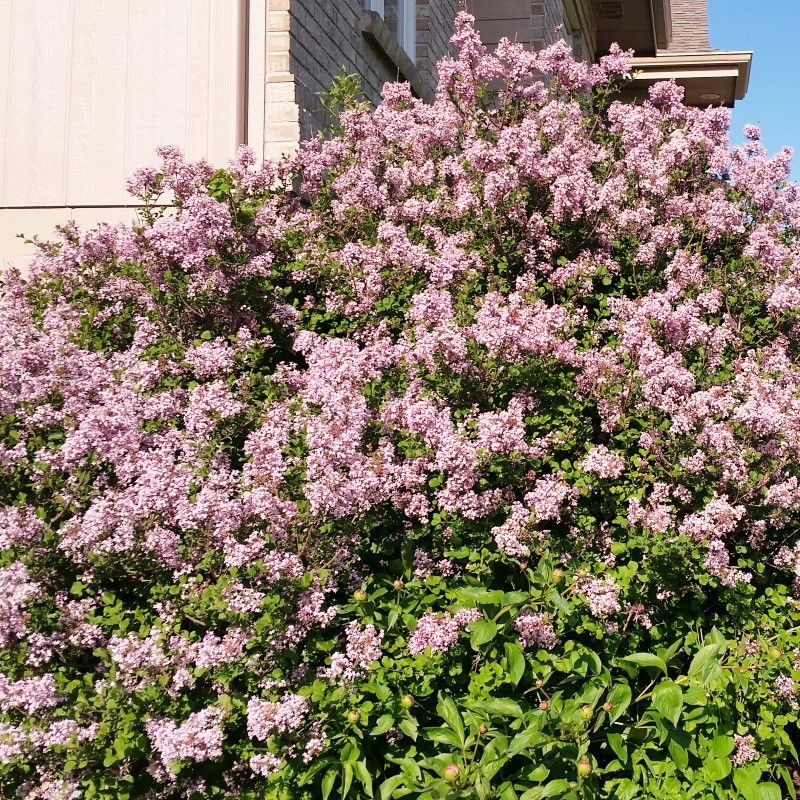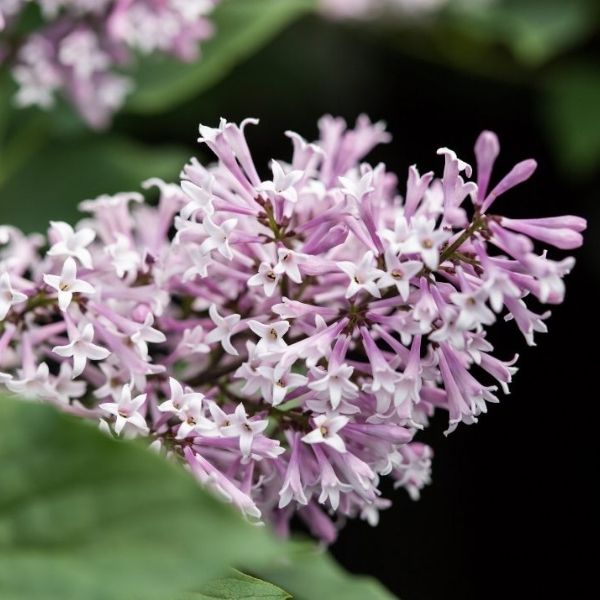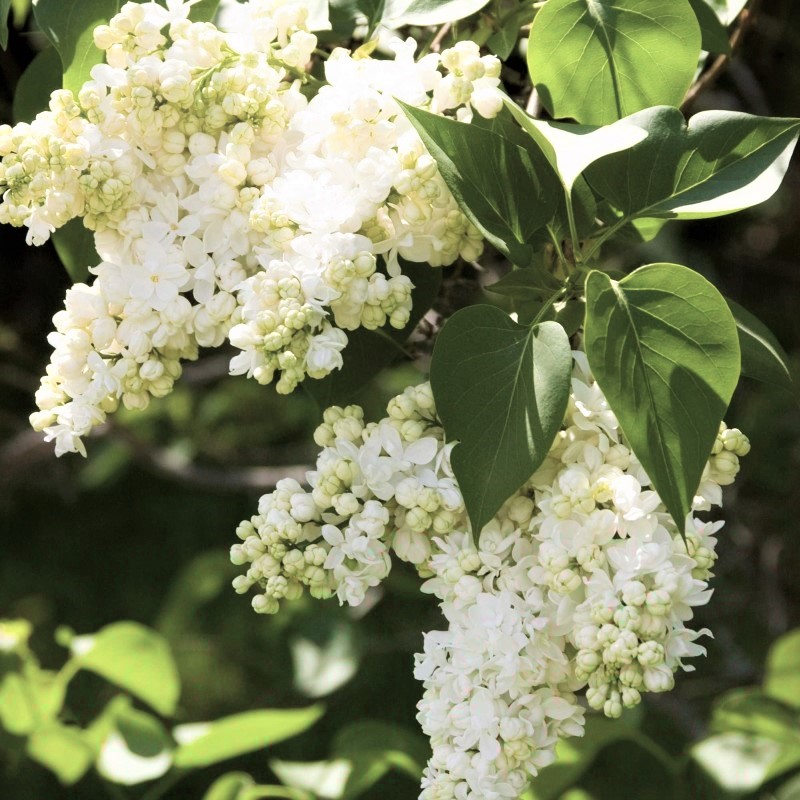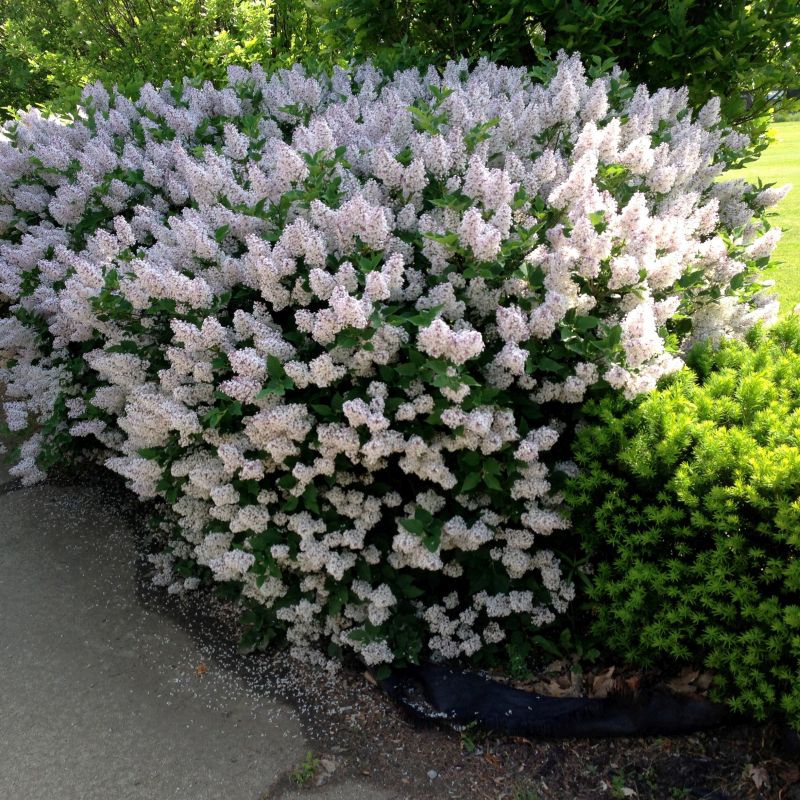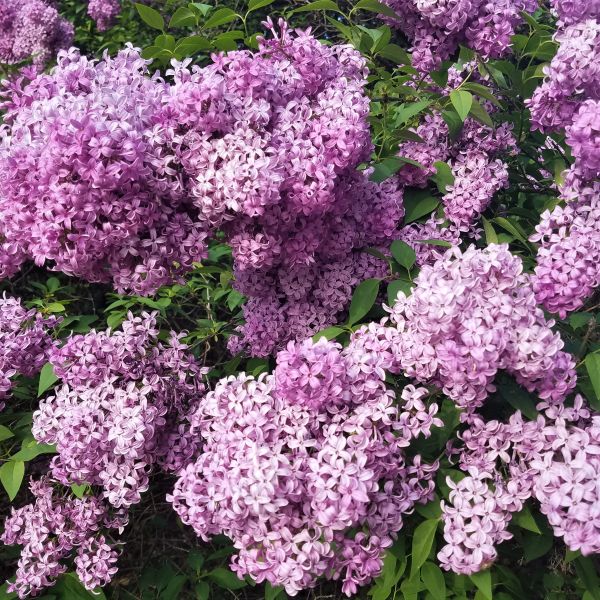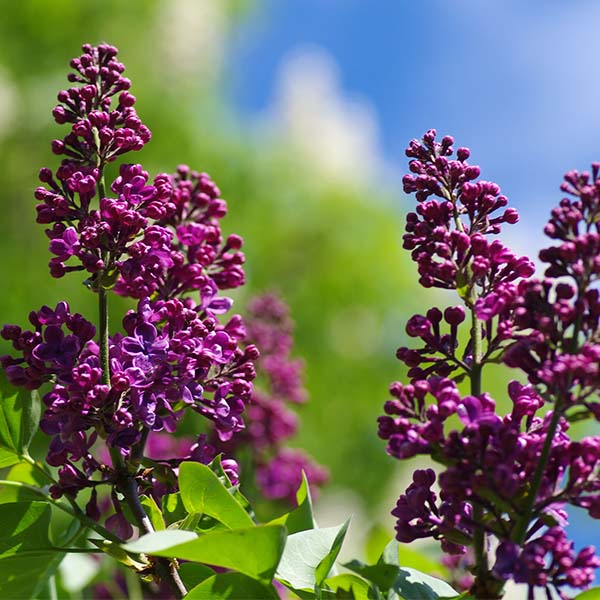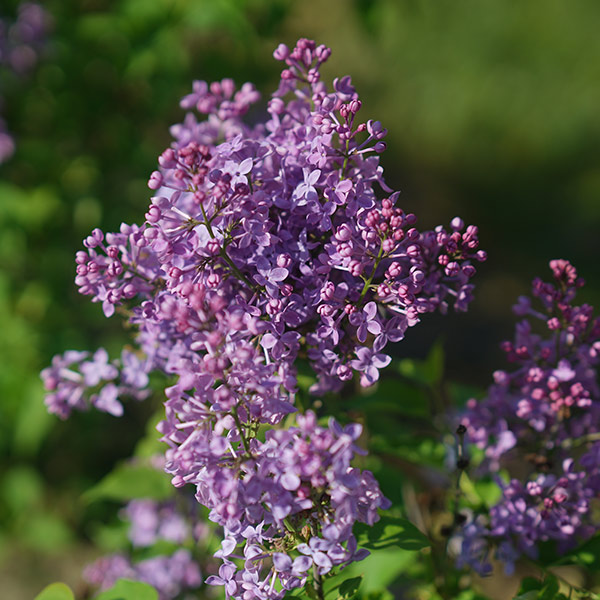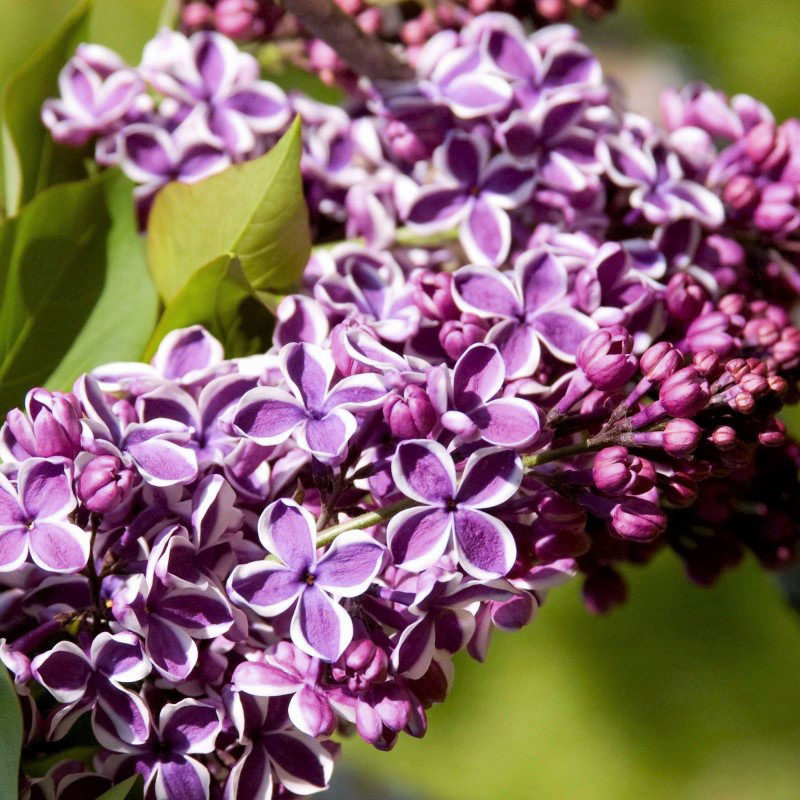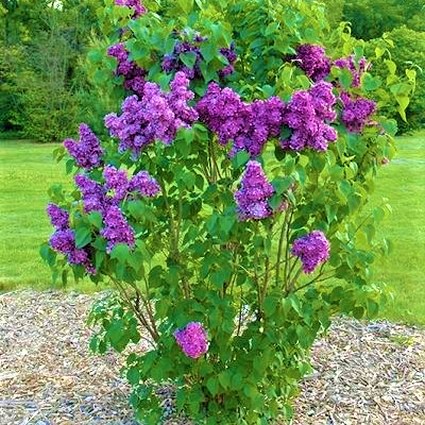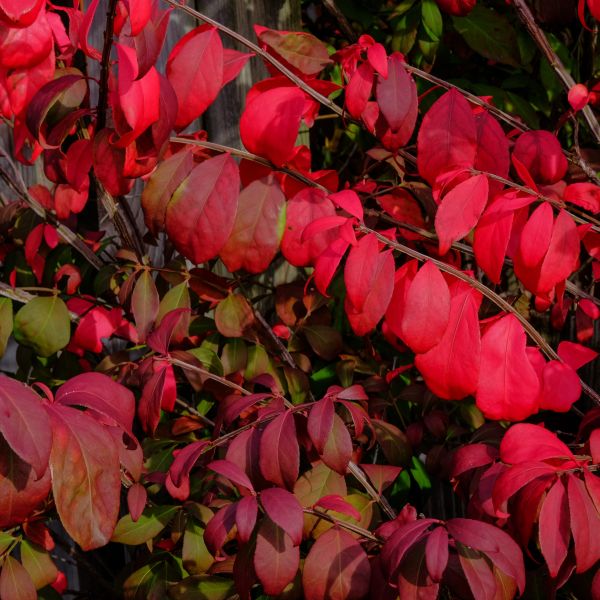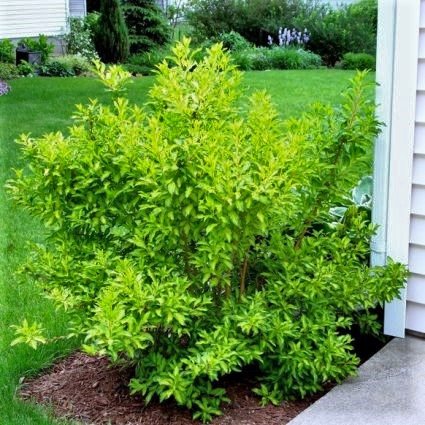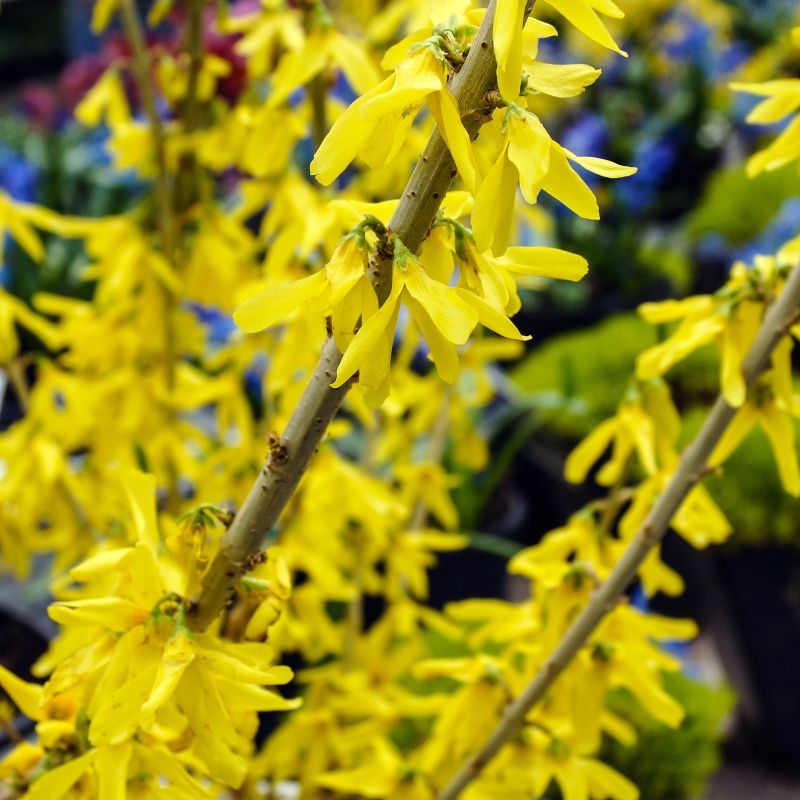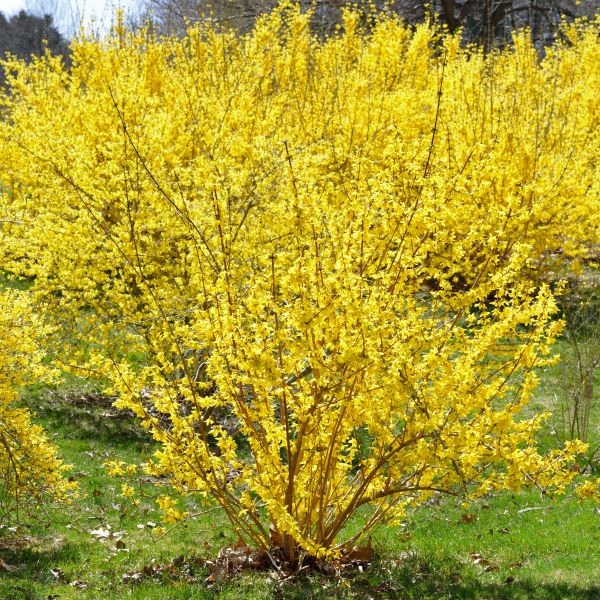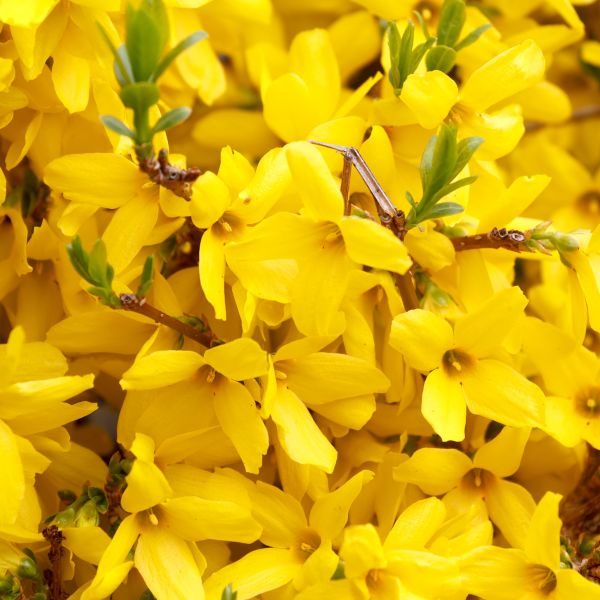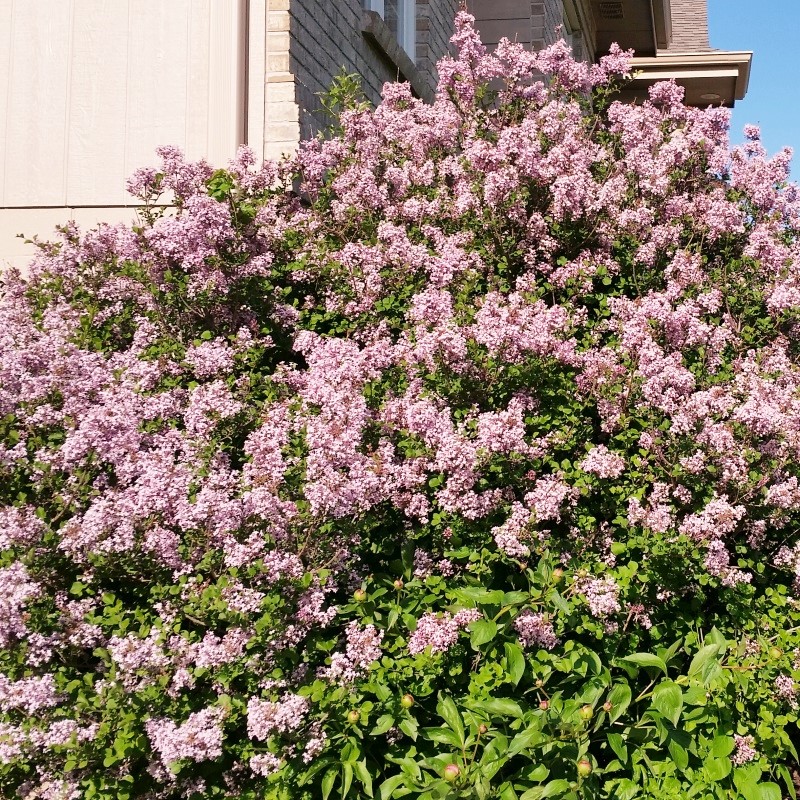
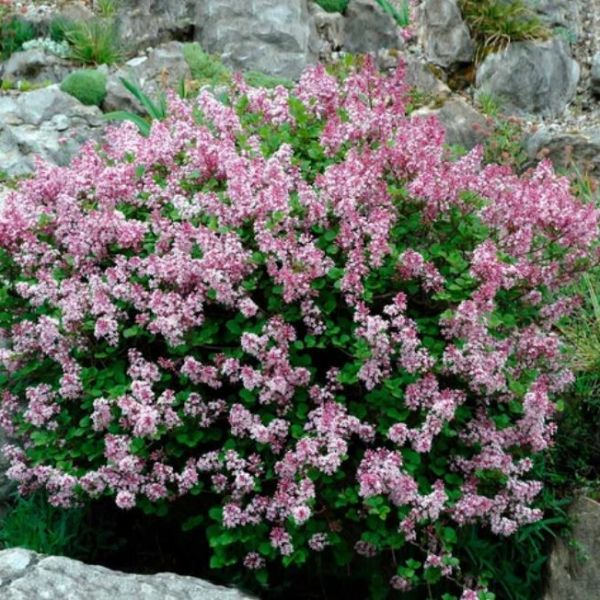
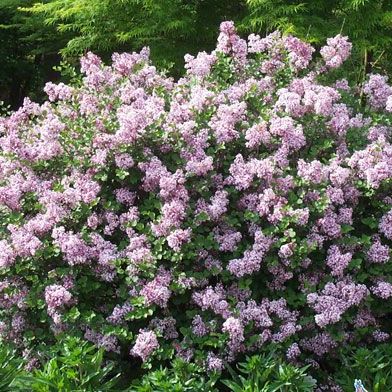
Dwarf Korean Lilac
Syringa meyeri 'Palibin'
46 reviews
Dwarf Korean Lilac
Syringa meyeri 'Palibin'
46 reviews
- Produces fragrant, pale purple blooms that attract butterflies and bees
- Compact size makes it perfect for small gardens, borders, or containers
- Easy to care for and low maintenance once established
- Recommended by landscape designers for optimal fit in real yards
$106.00
$152.00
30% Off
- Ships to 43215 in 3 to 7 days
- Free Shipping Over $150
- Plant Arrival Guarantee
- In Stock
- Free Plant Consult
$200 - Landscape-Approved: Every Plant We Sell Comes With Design Expertise Behind It
- 3.5 Gallon
- 2.5 Gallon
Not just beautiful - intentionally selected by ShrubHub's 3D landscape design team to fit real-world spaces and maximize yard potential.
Why Dwarf Korean Lilac?
Dwarf Korean Lilac (Syringa meyeri 'Palibin') is a popular shrub that offers excellent ornamental value to any garden. This deciduous shrub is known for its compact size, reaching only 4-7 feet tall and wide, making it an excellent choice for small gardens and container plantings. It produces abundant clusters of fragrant, pale pink to lavender flowers in spring, which are adored by pollinators. Its dark green foliage turns yellow in the fall, adding a touch of autumn color to the landscape. It is also drou
People who loved this plant also bought
Sunlight
Dwarf Korean Lilac requires full sun exposure.
Watering
Dwarf Korean Lilac typically requires regular watering, especially during its first growing season. It prefers moist but well-drained soil, and watering deeply once or twice a week is usually sufficient. Avoid overwatering to prevent waterlogged conditions
Fertilizing
Dwarf Korean Lilac requires a balanced fertilizer with equal amounts of nitrogen, phosphorus, and potassium (NPK). Use a slow-release granular fertilizer in early spring, and reapply once every year to maintain healthy growth and blooming.
Introducing the Dwarf Korean Lilac, a captivating shrub that will infuse your garden with delightful charm and fragrant beauty. Prepare to be enchanted by its petite stature and abundant blooms, as it becomes the centerpiece of your outdoor oasis.
Standing gracefully at a modest height of 3 to 4 feet, the Dwarf Korean Lilac brings a burst of color and elegance to any landscape. Its clusters of fragrant, lavender-purple flowers create a breathtaking spectacle that will leave you spellbound, while its glossy, dark green foliage adds a touch of sophistication to its overall appeal.
Versatility is a hallmark of the Dwarf Korean Lilac. Whether as a stunning border plant, a charming accent in a garden bed, or even in a decorative container, this compact shrub effortlessly adds a touch of allure to any space. Its manageable size and rounded form make it an ideal choice for smaller gardens or confined areas, ensuring that its captivating presence can be enjoyed by all.
Maintenance becomes a breeze with the Dwarf Korean Lilac. Pruning requirements are minimal, with a light shaping after blooming typically sufficient to maintain its tidy appearance. The shrub's excellent resistance to pests and diseases grants you peace of mind, allowing you to revel in its beauty without constant worry or effort.
But the true enchantment of the Dwarf Korean Lilac lies in its intoxicating fragrance. Prepare to be delighted as its sweet scent fills the air, creating a haven for butterflies and bees, drawn to its nectar-rich blossoms. Witness a symphony of pollinators, adding life and movement to your garden, while you bask in the delightful aroma that permeates your outdoor sanctuary.
Elevate your garden to new heights of beauty and charm with the Dwarf Korean Lilac. Order yours today and embrace the captivating journey that this extraordinary shrub offers. Let its abundant blooms and alluring fragrance weave a tapestry of serenity and elegance, transforming your garden into a sanctuary of natural splendor. Discover the magic of the Dwarf Korean Lilac and unlock a world of delightful enchantment.
Plant Information:
| Botanical Name: | Syringa meyeri 'Palibin' |
| USDA Zones: | 3 - 7 |
| Water: | Moderate |
| Exposure: | Full Sun |
| Soil Needs: | Well Drained |
| Mature Height: | 4 - 6 feet |
| Mature Spread: | 5 - 8 feet |

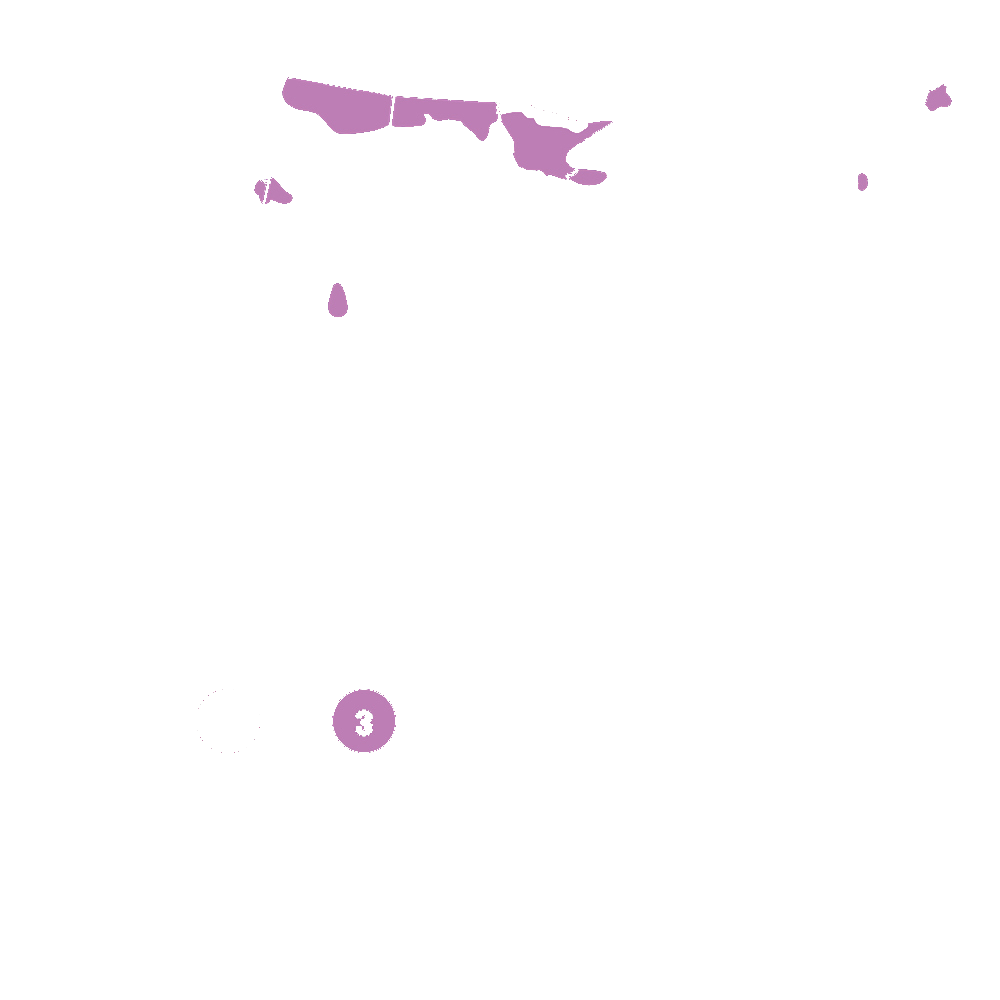




Pollination Info
Pollination Information for Dwarf Korean Lilac (Syringa meyeri 'Palibin')
The Dwarf Korean Lilac (Syringa meyeri 'Palibin') is a deciduous shrub that produces fragrant, pale pink to lavender flowers in clusters during the spring. Packed with nectar and pollen, these flowers attract a variety of pollinators including bees, butterflies, and hummingbirds.
The Dwarf Korean Lilac is a self-sterile plant, meaning that it requires cross-pollination from another plant in order to produce fruit and seeds. The plant is best pollinated by bees, which are attracted to the flowers' nectar and transfer pollen from one plant to another as they forage.
Planting multiple Dwarf Korean Lilacs in close proximity can increase the chances of successful pollination and fruit production. Alternatively, planting other flowering plants nearby can also attract bees and other pollinators, which can then visit the Dwarf Korean Lilac and facilitate cross-pollination.
It is important to note that Dwarf Korean Lilacs can also be propagated through cuttings, which do not require pollination.
FAQ
Dwarf Korean Lilac (Syringa meyeri 'Palibin') FAQ
General Information
What is a Dwarf Korean Lilac?
A Dwarf Korean Lilac is a small, rounded deciduous shrub with fragrant pinkish-purple flowers. It is a cultivar of the Syringa meyeri species.
How tall and wide does a Dwarf Korean Lilac grow?
A Dwarf Korean Lilac typically grows to be 4-5 feet tall and wide.
When does a Dwarf Korean Lilac bloom?
A Dwarf Korean Lilac blooms in late spring to early summer, usually around May to June.
What is the recommended hardiness zone for a Dwarf Korean Lilac?
A Dwarf Korean Lilac is recommended to be grown in hardiness zones 3-7.
Planting Information
When is the best time to plant a Dwarf Korean Lilac?
The best time to plant a Dwarf Korean Lilac is in the fall or spring, when the soil is moist and not frozen.
What is the recommended soil type for a Dwarf Korean Lilac?
A Dwarf Korean Lilac prefers well-drained, slightly acidic soil with a pH between 6.0 and 7.0.
What is the recommended sunlight exposure for a Dwarf Korean Lilac?
A Dwarf Korean Lilac prefers full sun to partial shade.
What is the recommended spacing between Dwarf Korean Lilac plants?
The recommended spacing between Dwarf Korean Lilac plants is 4-6 feet apart.
Maintenance Information
How often does a Dwarf Korean Lilac need to be watered?
A Dwarf Korean Lilac needs to be watered regularly, especially during hot and dry weather. It should be watered deeply, but not excessively.
Does a Dwarf Korean Lilac need to be pruned?
Yes, a Dwarf Korean Lilac should be pruned regularly to maintain its shape and size. It is best to prune after it blooms in late spring to early summer.
How can I fertilize my Dwarf Korean Lilac?
A Dwarf Korean Lilac can be fertilized in early spring before the new growth appears, using a balanced fertilizer. It can also be fertilized with compost or well-rotted manure in the fall.
What are some common pests or diseases that can affect a Dwarf Korean Lilac?
Some common pests that can affect a Dwarf Korean Lilac include aphids, scale, and borers. Some common diseases include powdery mildew and leaf spots. Proper care, such as good watering habits and regular pruning, can help prevent these issues.
Planting & Care
Planting Instructions:
- Choose a location that receives full sunlight (at least 6 hours of direct sunlight per day).
- Ensure the soil is well-draining, fertile and slightly acidic with a pH between 6.0 to 7.0.
- Dig a hole twice as wide as the root ball and deep enough so that the top of the root ball is level with the surrounding soil.
- Remove the plant from its container and gently loosen any tangled roots.
- Place the plant in the hole and backfill with soil, tamping down gently to remove air pockets.
- Water thoroughly to settle the soil and provide the plant with adequate moisture.
Care Instructions:
- Water regularly, keeping the soil moist but not waterlogged.
- Fertilize in early spring with a slow-release, balanced fertilizer.
- Prune after flowering to shape the plant and remove any dead or diseased wood.
- Apply a layer of organic mulch around the base of the plant to retain moisture and prevent weeds.
- Protect from deer and rabbits by using fencing or repellents.
- Monitor for pests and diseases, such as powdery mildew or aphids, and treat promptly if necessary.
Check Out These Verified Customer Reviews:
Customer Reviews
4.6 out of 5 based on 46 reviews
Thank you! Your review has been submitted.
Beautiful, fragrant blooms.
The Dwarf Korean Lilac arrived in perfect condition, beautifully blooming and fragrant.
Overall, the experience was positive, but there were a few small issues with the shipment process.
Item has been added to your cart.



